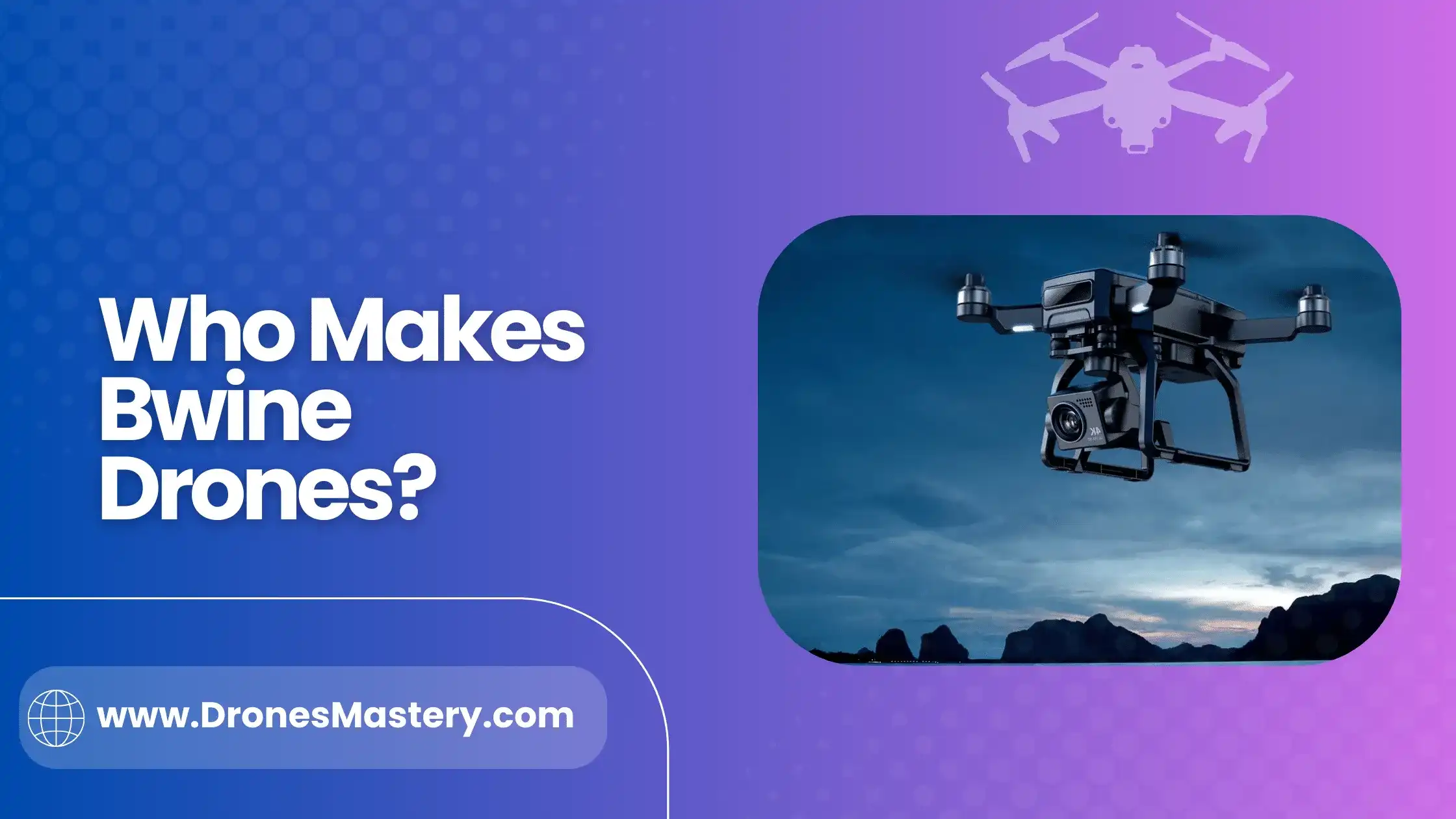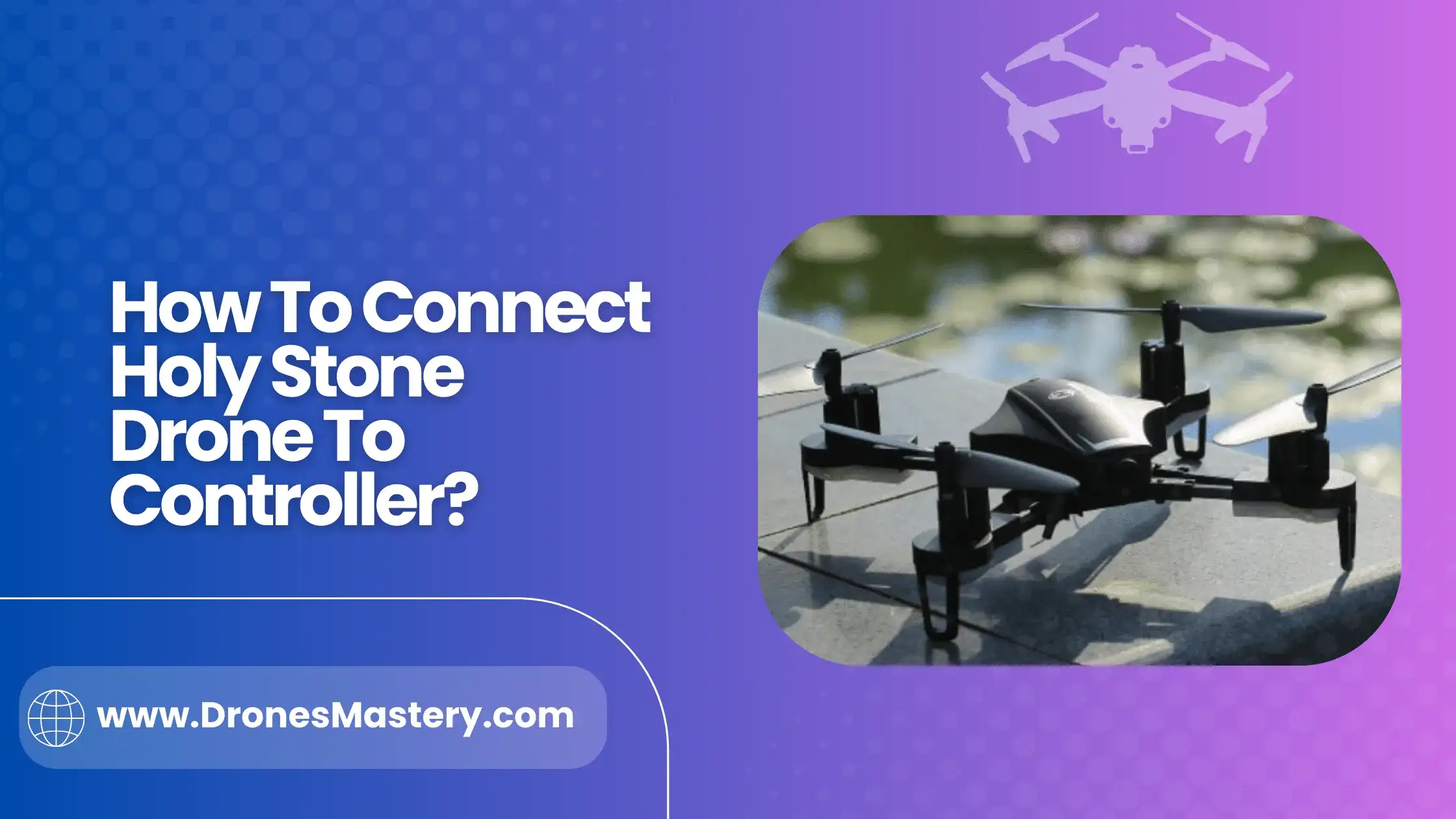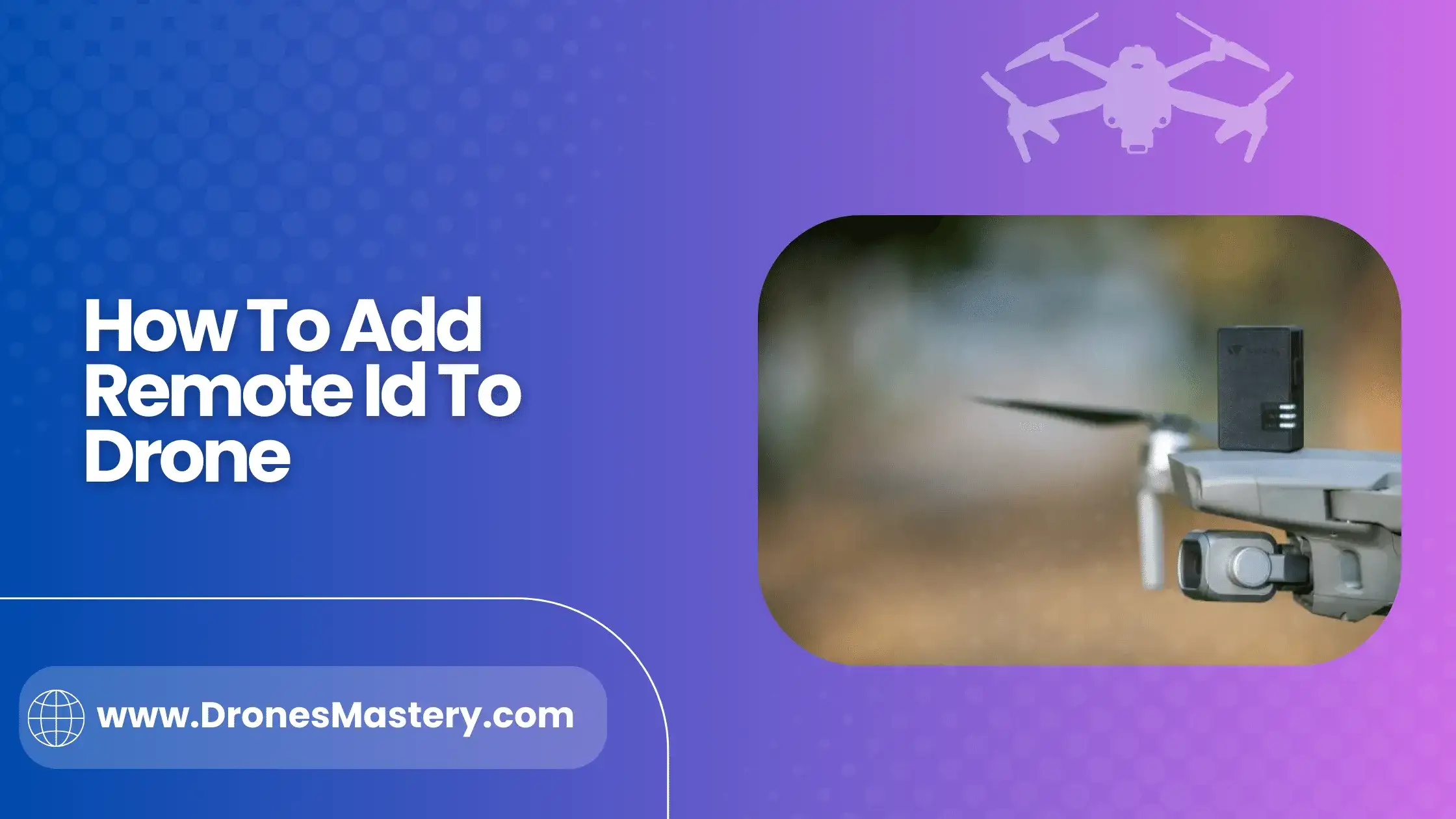Drones are becoming increasingly popular due to their ability to capture incredible photos and videos, making them great for recreational use. However, to understand how they can be used best, it’s important to know about their inner workings first, that is, what powers them and keeps them afloat in the sky.
Here, we will discuss some of the different ways drones are powered, as well as their advantages and disadvantages compared with traditional aircraft.
7 Ways Drones Are Powered - Their Pros And Cons:
Batteries:
Batteries are the most common way that drones are powered. There are various types of batteries, including lithium ion and nickel metal hydride. They both have their own advantages and disadvantages.
For instance, lithium ion batteries are lightweight and have good energy density, but they can be expensive. Nickel metal hydride batteries, on the other hand, are more affordable but tend to offer less energy for a given weight.
Pros:
- Lightweight
- Widely available
- Relatively inexpensive
- Easy to recharge and replace
- High energy density for a given weight
Cons:
- Short battery life due to their size
- Lower efficiency compared to other power sources
- Variability of performance depending on the type of battery used
- Disposal of batteries can be challenging
- Batteries will need to be regularly replaced and/or recharged
Solar Power:
Another popular method for powering drones is solar power, as it’s a renewable source of energy that doesn’t emit any harmful pollutants.
This makes it an attractive option for those looking to reduce their carbon footprint. Solar panels can be used to capture and convert sunlight into usable electricity for the drone’s propulsion system.
Pros:
- Renewable energy source
- No emissions of pollutants
- Lightweight and compact size
- Low cost compared to other power sources
- Longer endurance times compared to battery powered drones
Cons:
- Limited power output at night, or during cloudy or overcast days
- Drones will need large solar panels to generate sufficient amounts of energy for flight
- The efficiency of the solar cells may be affected by dirt and other environmental factors
- Solar panels may be expensive
- The solar panel may need to be adjusted constantly in order to generate the most electricity.
Fuel Cells:
A fuel cell is a device that converts the chemical energy from a fuel into electricity. It’s an increasingly popular option for powering drones due to its high efficiency and long term endurance. For instance, hydrogen fuel cells are capable of producing electricity for longer periods of time compared to other power sources.
Pros:
- High power output compared to other sources
- No emissions of pollutants
- Low cost per flight hour compared to batteries
- Can be used for both indoor and outdoor flights
Cons:
- The fuel cells can be costly upfront
- Installation and maintenance of the fuel cell system can be challenging
- The efficiency of the fuel cells may be affected by dirt and other environmental factors
- Fuel cells require a higher degree of safety protocols than other power sources
- Refueling or recharging may be required more often than with battery or solar powered drones.
Internal Combustion Engines:
Internal combustion engines are another option for powering drones. It is a complex setup, as the engine needs to be connected to the motor and propeller for it to work. It has the advantage of being able to generate large amounts of power, making it suitable for larger UAVs and payloads.
Pros:
- High power output compared to other sources
- Lightweight and compact size
- High efficiency compared to other power sources
- Widely available and relatively inexpensive
- Can be used for both indoor and outdoor
Cons:
- Emit harmful emissions of pollutants into the atmosphere
- The noise generated by internal combustion engines can be disruptive for some applications
- Require regular maintenance and fuel refills
- Can be difficult to setup and configure
Jet Engines:
Jet engines are an option for powering drones, but they are the most complex and expensive of all the choices. They require a significant amount of fuel to operate and must be serviced regularly to ensure optimal performance. It also emits pollutants into the atmosphere, which can be an issue with local laws or regulations.
Pros:
- High power output compared to other sources
- Longer endurance times compared to the other power sources mentioned
- Reliable and easy to use once set up correctly
Cons:
- Expensive upfront cost and high installation charges
- Regular maintenance and servicing are required for optimal performance
- Difficult to install and set up, requiring specialized personnel.
Hybrid Power Sources:
A hybrid power source combines two or more power sources, such as batteries and solar panels. This allows for a greater range and endurance than any single power source can provide, but it also adds complexity to the system.
Pros:
- Flexibility in powering the drone
- Potentially longer endurance times than a single power source
- Can be used for indoor and outdoor flights
Cons:
- Installation and maintenance of the hybrid system can be difficult
- More expensive upfront cost compared to a single source setup
- Additional components may be required for the system to work
- Variability of performance depending on the types of power sources used
- Can be difficult to configure and optimize for a given application.
Gaseous Power Sources:
Gaseous power sources are a relatively new option for powering drones. It involves using a gas, such as hydrogen or propane, to generate electricity. This type of power source has the potential to offer longer endurance times than batteries and solar panels. However, it is still in the early stages of development and can be costly to set up.
Pros:
- Higher energy output compared to other power sources
- Faster recharge times compared to batteries
- Lightweight and compact size
- Can be used for both indoor and outdoor flights
Cons:
- Gaseous power sources can be expensive upfront
- Special infrastructure may be required to store, transport, and use the fuel
- Installation and maintenance of the system may be challenging
- The efficiency of the gaseous power source can be affected by environmental factors such as temperature and humidity
- There are safety concerns associated with storing and transporting flammable fuels.
Conclusion:
Drones come in all shapes and sizes, and each requires its own power source in order to get the job done. Whether you’re looking for an economical solution or something that can stay in the air for extended periods of time, understanding these different power sources will help you make the best decision for your project. With this knowledge in hand, you can be sure that your drone project is powered by the right source and ready to take flight!







